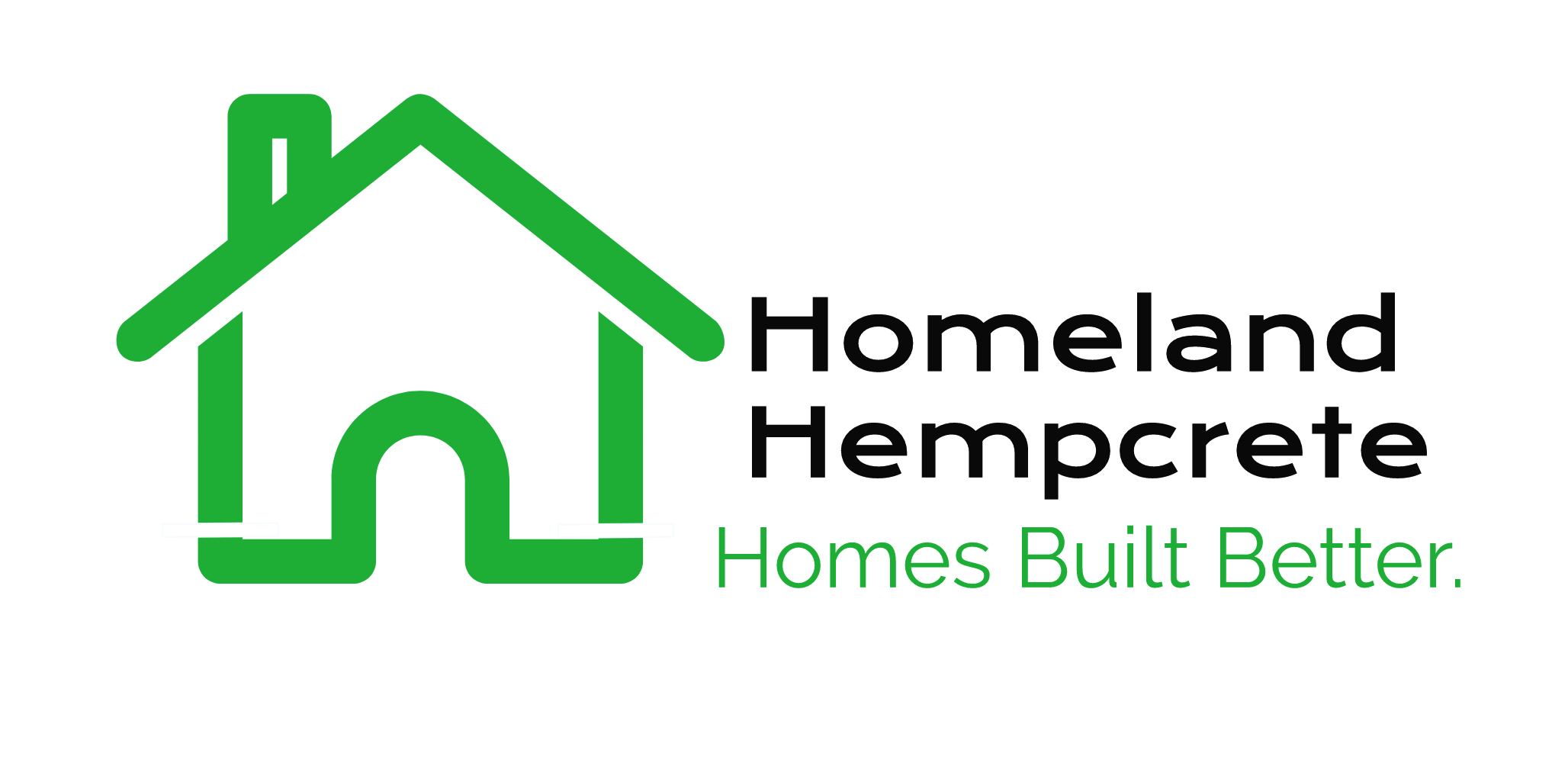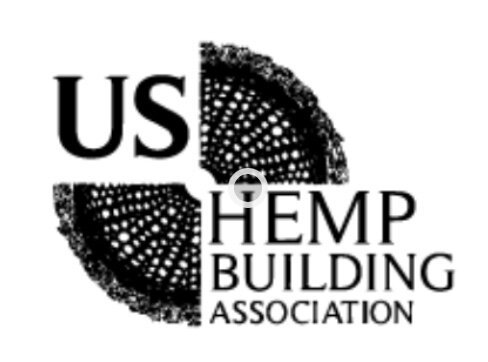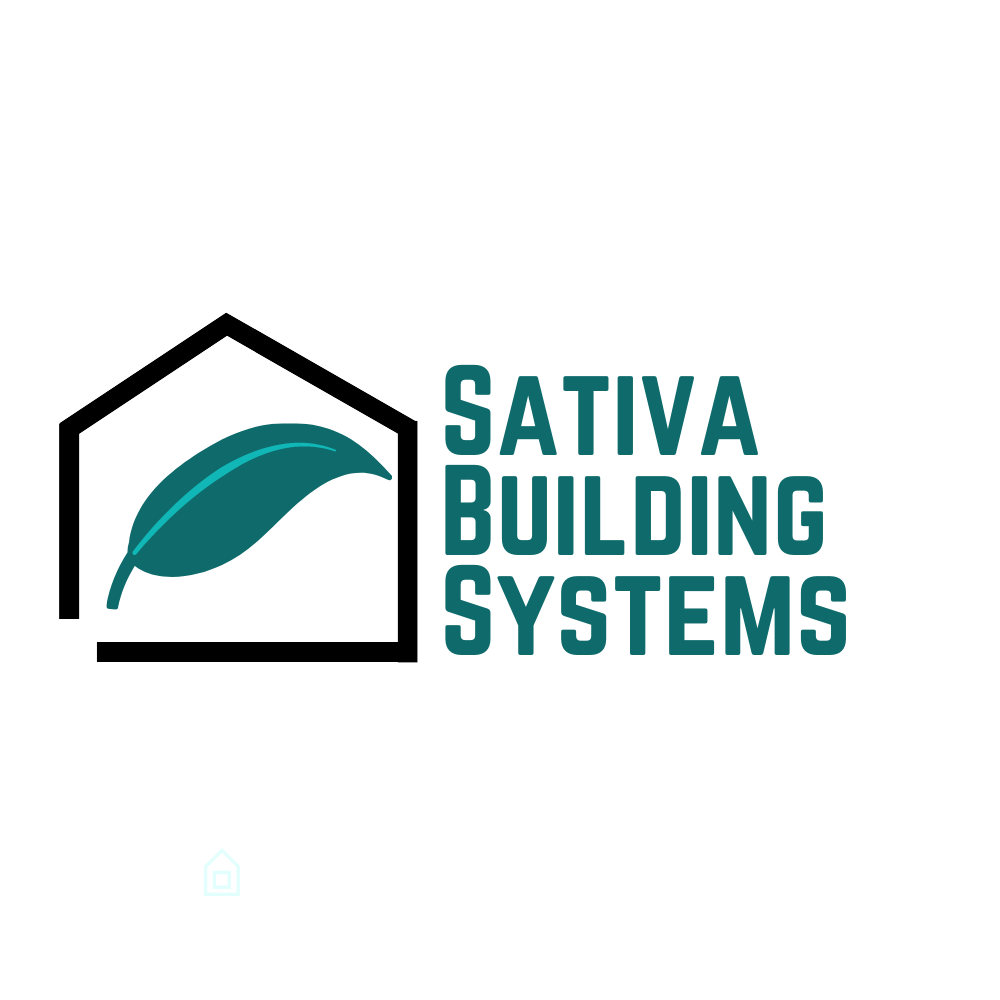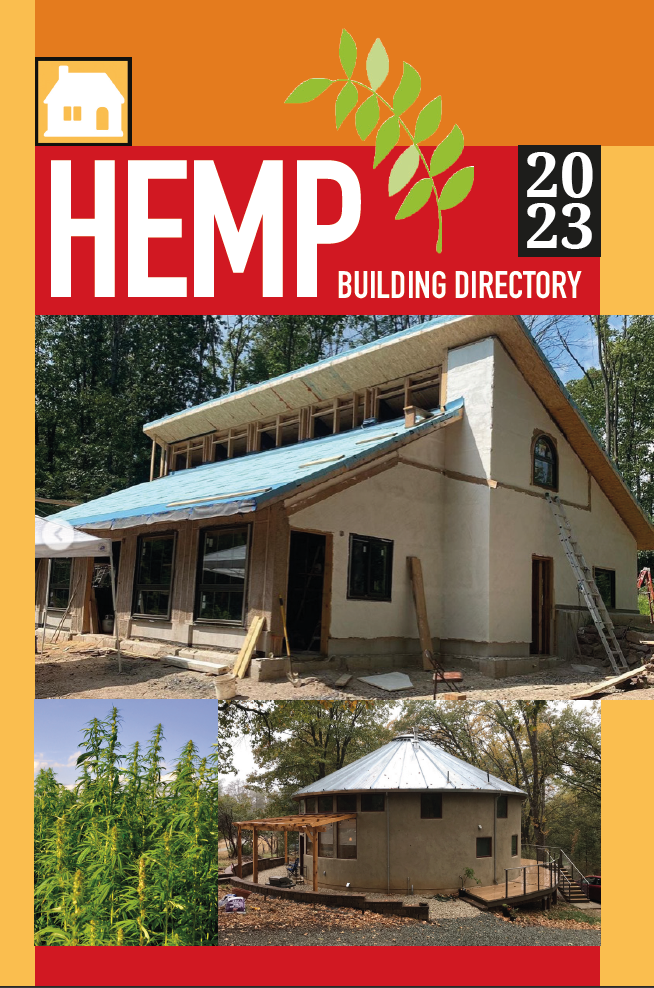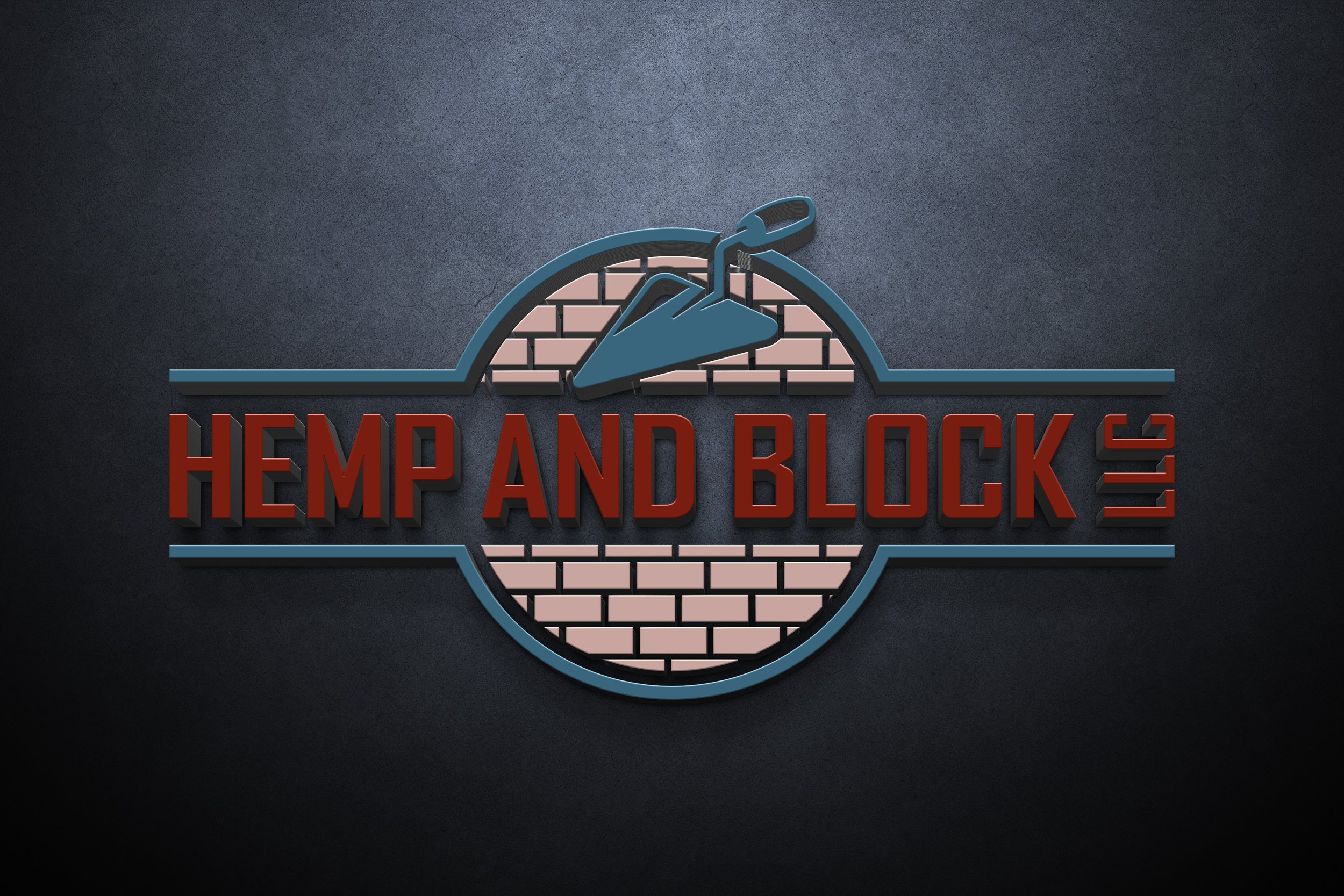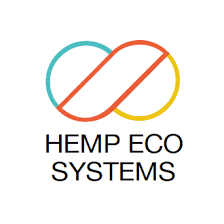California's New Carbon Laws Could Promote Hemp Construction
New California laws reducing the amount of carbon generated by building materials could shine the light on hemp construction as a low-carbon alternative.
By Elizabeth Lunt
California is leading the way in reducing carbon emissions with the passing of Assembly Bill 2446 which aims to significantly reduce the amount of embodied carbon in new construction projects. Embodied carbon refers to the carbon emissions that are associated with the materials used in construction, such as steel and concrete.
Hemp-lime, or “Hempcrete,” can help builders meet these new requirements because it is both a sustainable building material and one with a lower carbon footprint than traditional building materials. California’s new law is expected to further increase hempcrete’s popularity. In addition to reducing embodied carbon, the use of hempcrete can help meet the state’s goals for renewable materials in construction as outlined in Senate Bill 527, upon which AB2446 expands.
Subscribe for HempBuild Magazine’s free newsletter
The new measure requires the Air Resources Board, which has responsibility for programs that reduce air pollutants, to develop, by July 1, 2025, a framework for measuring and reducing the average carbon intensity of building materials. The state’s building sector will be required to reduce greenhouse gas (GHG) emissions by 40%, no later than 2035, with an interim target of a 20% net reduction by 2030.
Work on measuring hempcrete’s carbon storage capacity is well underway, with a paper in 2020 by Jay Arehart of University of Colorado Boulder estimating that “between 18.5% and 38.4% of initial carbon emissions associated with binder production can be sequestered through in situ carbonation” and predicting that the total life cycle CO2e emissions of hempcrete can be negative.
This is good news for those promoting hempcrete. Along with sustainable growing practices, improved air quality inside hempcrete structures and fire and mold resistance – the carbon storage is yet another selling point for hempcrete.
The text of the new California law states: California is currently facing a housing shortage, and it is imperative that the state meet its housing goals. However, meeting those goals should not come at the expense of California’s climate goals. It is the responsibility of the state to find solutions that allow housing and climate targets to reinforce one another. Hempcrete stands at the intersection of these solutions and is poised for growth as a sustainable and climate-change compliant building material.
The requirements also seek to establish a low-carbon product standard that would achieve carbon intensity reductions in building materials. This would require submission of a lifecycle assessment and Environmental Product Declarations (EPD) to certify building materials that potentially meet requirements under the new law.
Other regional and local governments are mandating a reduction in embodied carbon or giving tax rebates for low-carbon materials for new construction, including New York state, New York City, Vancouver, BC and the state of New Jersey.
Hempcrete recently was certified in US residential building codes when the material won IRC approval as a building material in single-family construction through the efforts of the United States Hemp Building Association (USHBA).
However Tai Olson of Chicago-based hemp lime producer US Heritage Group told HempBuild Mag that new construction of multi-family or commercial projects will need a whole different certification from those granted for single-family residential. He noted that many of the architects at a recent San Francisco Greenbuild Expo focused on multi-unit residential, making now a good time to pursue further certification of hempcrete for larger builds. “Hempcrete will be a desirable material for these projects in terms of embodied carbon,” he said, “but there is so much inconsistency with material availability that needs to be settled before the EPD can be done.”
Olson said that hempcrete projects will continue to be built on a case-by-case basis worked out with local building regulators until larger studies are completed. He noteds that hempcrete will “be in line” as material to be compliant with most embodied carbon requirements, “but it will take a couple of rounds of data validation” to get to widespread use. He’s hopeful that advocates can submit hempcrete for certification by the International Code Council (ICC) which will allow for broader adoption by builders. This will require the collaboration of builders and academic scientists in order to collect the necessary information required for the application. “It’s a heavy lift,” Olson said.
Passage of California’s AB2446 and the increasing use of hempcrete in construction projects is a promising step towards reducing embodied carbon and promoting sustainable building practices.
“We are really pleased that there wasn’t really any opposition [to this law]”, said Wayne Richman, executive director of the California Hemp Association and USHBA’s regional director, “This is a good reason why California should be leading the way with hempcrete.”
Related Stories:
Please Support Our Classified Advertisers
(To find out more about advertising CLICK HERE).
Help Wanted:
Publications
Hemp Building Directory 2023 - Guide to the International Hemp Building Industry
Available Now! “Hemp Buildings - 50 International Case Studies” by Steve Allin
Hemp Building Research and Training
Hemp Hurd (shivs)/Hemp Fiber/ Hemp Microfiber
Hemp Building Company: Hempcrete Supplies, Training Programs. Longmont, CO
PROducing Sustainable Fibers for Environmentally Conscious Consumers - Prairie PROducers
Hempcrete installers/Insulation subcontractors
Hempknowlogy: Home of the Hempjet: America’s first hempcrete spraying system. Manchaca, TX
Design and build your Hempcrete home with HempStone LLC complete consultants
Lime Binder
Hemp Batt Insulation/Supplies
Hemp Wall Panel Products
Preorder your hempcrete tiny house from Sativa Building Systems
Panel solutions from Homeland Hempcrete
Hemp Blocks
Professional Associations
Events
Carbon Zero Building with Hemp Materials SXSW, Austin TX March 11, 2022












